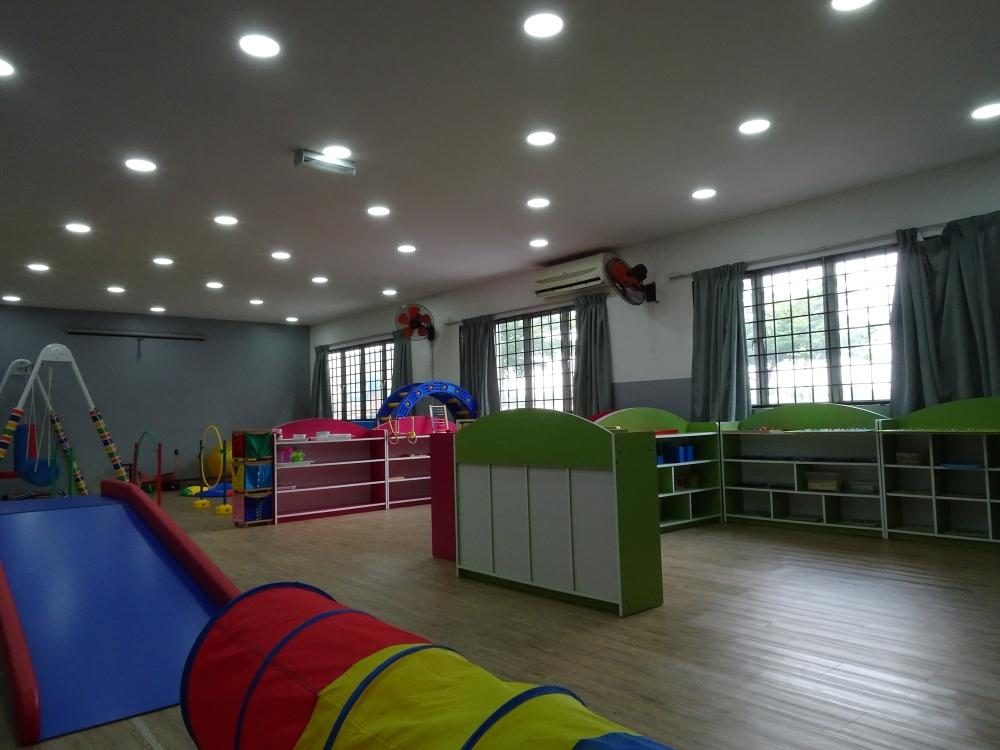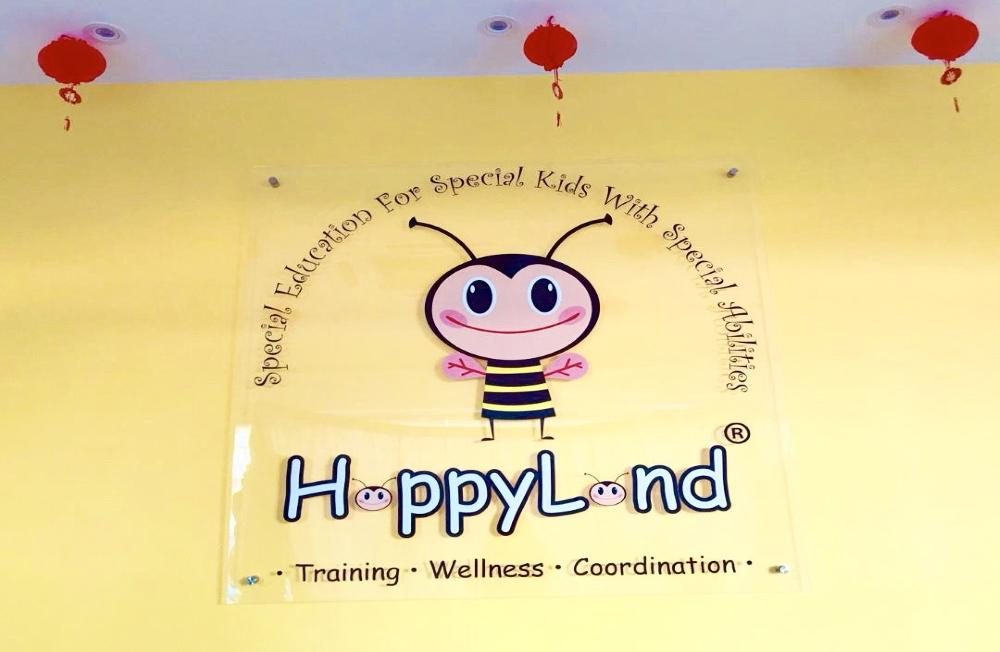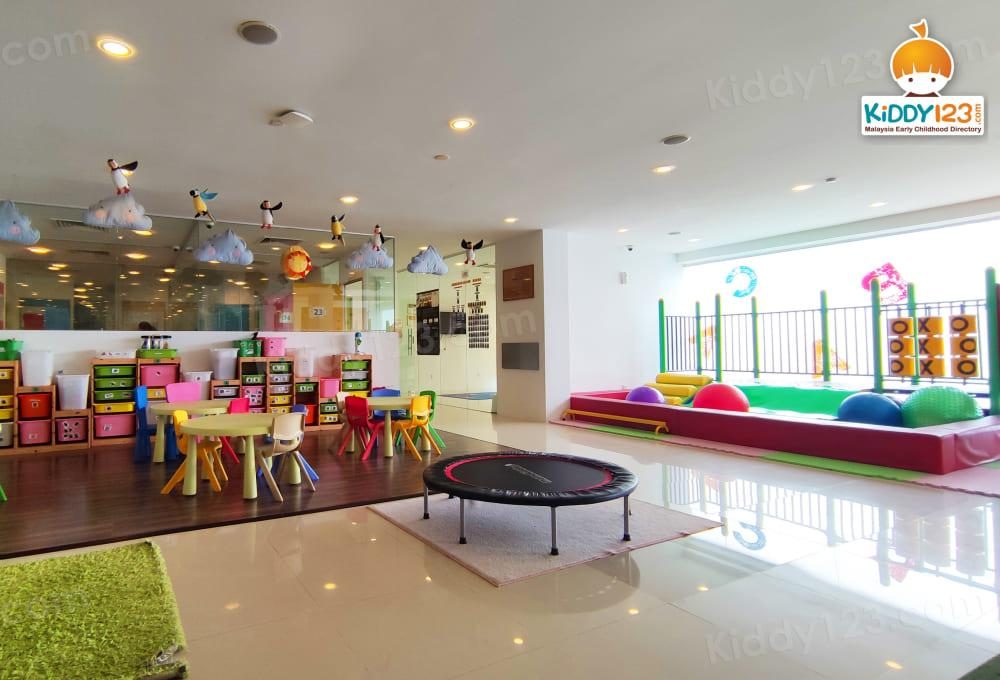Hostile, Defiant and Explosive—Could Your Child Have Oppositional Defiant Disorder (ODD)?
by on 05/07/2025 ...

Oppositional defiant disorder (ODD) is a childhood behaviour disorder. It is characterised by lots of temper tantrums and hostility towards others—including parents, teachers, peers and authority figures.
ODD can significantly impair a child’s daily life and interpersonal relationships.
Let’s draw the curtains back and learn more about this condition.
How Common Is ODD?

It is reported that about 10.2% of kids develop oppositional defiant disorder.
ODD in young children is thought to affect boys more than girls. In older children, however, it is believed to affect both sexes almost equally.
Kids with ODD are typically diagnosed around early primary school age, though symptoms usually show during the preschool years.
What Are the Symptoms of ODD?
ODD symptoms can be seen through behaviours, which are divided into three categories:
|
1. Angry and Irritable Mood |
|---|
|
|
2. Argumentative and Defiant Behaviour |
|
|
3. Vindictiveness |
|
Do keep in mind that it’s normal and healthy for typically developing children to show some of these oppositional behaviours. With ODD, however, the symptoms are much more frequent, persistent and intense.
ODD-related behaviours can also manifest very differently between boys and girls.
Boys tend to show more overt and stereotypical behaviours, such as fighting. For girls, they tend to display more covert behaviours, like theft or rumour spreading.
What Causes ODD?

The cause of ODD is not fully known or understood. Still, there are some possible factors:
|
1. Biology |
|---|
|
Although researchers aren’t sure if ODD is genetic, there is a tendency for ODD to run in families. Some studies have also suggested that injuries to or defects in the brain could result in behaviour disorders. |
|
2. Environment |
|
There is a belief that ODD can be caused by parenting issues, such as inconsistent discipline, neglect or abuse. |
What Are the Risk Factors for ODD?
Children who have mental health issues like mood disorders, conduct disorder, or ADHD are more likely to develop ODD.
Disharmony in the family, or living with a parent who has a mental health condition may also put a child at risk.
How Is ODD Diagnosed?

Kids with ODD probably don’t recognise that they have a problem. However, if you notice that your child has symptoms of ODD, do take him or her to a qualified child psychologist or psychiatrist. They will be able to diagnose your child.
Remember that the earlier you seek help, the better the chances of preventing bigger or more serious problems.
How Is ODD Treated?
A mental health expert can advise you on the best treatment for ODD. Treatments typically involve therapy that focuses on helping the child build problem-solving, social or emotional skills.
Family therapy is another option to explore, as it works to better communications between family members.
As mentioned earlier, some children with ODD may have other mental health issues. This means that treatment could include addressing those conditions (like ADHD) with medicine.
Can ODD Be Prevented?
There is no sure way to prevent ODD. But there are a number of things you can try as a parent, to decrease the likelihood of problematic behaviours.
|
Here are some ideas: |
|---|
|
Can you tell the difference between a tantrum and a meltdown? Click here to learn more about the red flags.
Contact: Autism Behavioral Center (ABC), Bangsar, Kuala Lumpur







































